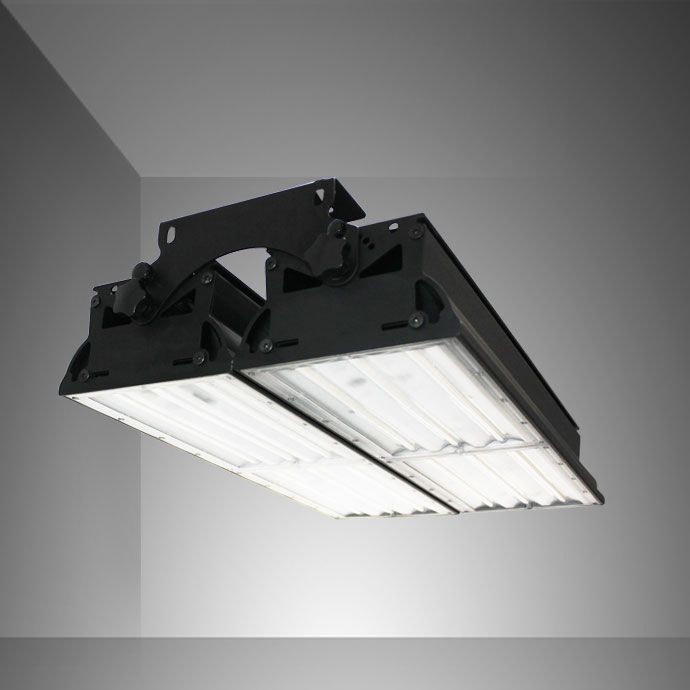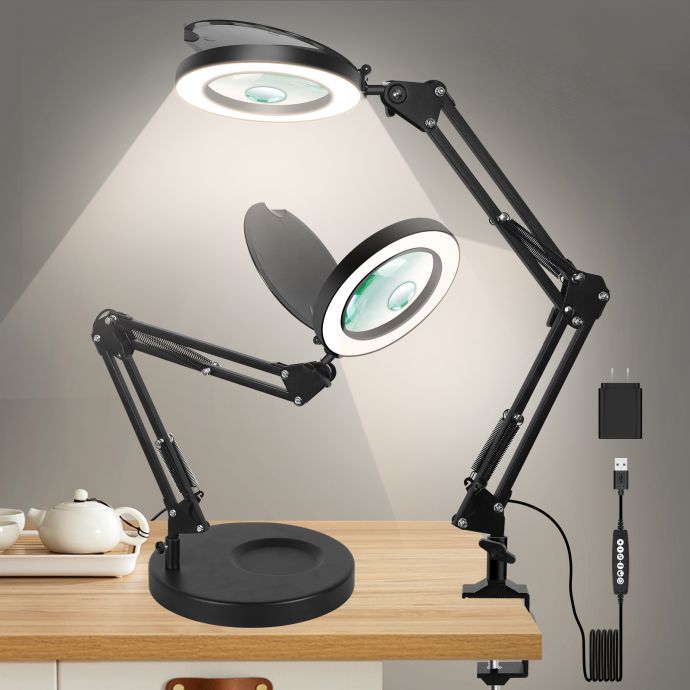In the rapidly evolving world of electronics and DIY projects, precision is the key to success. Whether you are a professional engineer or a hobbyist, mastering the art of soldering is a skill that can significantly enhance your projects. However, the challenge often lies in managing the intricate details and maintaining a steady hand. This is where the "Helper Hands" revolution transforms how we approach soldering, leveraging tools like camera mounts and clamps to bring about unmatched precision and ease.
At its core, soldering requires a steady hand and a keen eye. The process involves joining two metal components using a filler metal that is melted to create a robust bond. While the concept is straightforward, the execution demands patience, precision, and dexterity. Traditionally, the process is handicapped by the need for human stability and the limitations of manual manipulation. Enter the "Helper Hands"—a series of tools designed to provide support, enhance precision, and reduce strain on the user.

Camera mounts have emerged as an unexpected yet highly effective tool in the soldering world. Originally designed to stabilize cameras for photography and video production, these mounts offer extraordinary versatility and precision. Their flexible arms and adjustable grips make them ideal for holding circuit boards, wires, and other soldering components in place. By providing a stable platform, camera mounts allow for more accurate soldering and reduce the risk of errors caused by hand tremors or fatigue.
Moreover, camera mounts offer a unique advantage by freeing up the user's hands. This freedom allows for more comfortable manipulation of the soldering iron, enabling the user to focus on the task without juggling multiple components. The ability to adjust the mount's angle and height further enhances visibility, ensuring that every joint is perfectly aligned and soldered. This precision not only improves the quality of the soldering but also prolongs the lifespan of the components by minimizing heat exposure.

Clamps are another indispensable tool in the "Helper Hands" arsenal. Their primary function is to hold materials steady, eliminating the need for a third hand and providing the user with a stable workstation. When working on intricate projects that require multiple connections and precise alignments, clamps offer unparalleled assistance. Modern clamps are designed with versatility in mind, featuring adjustable jaws and rotational capabilities to accommodate different shapes and sizes of objects. This adaptability makes them ideal for complex assemblies where stability is paramount.
The integration of clamps with camera mounts creates a synergistic effect that revolutionizes the soldering process. By securing a workpiece with a clamp and positioning it under the lens of a mounted magnification camera, users can achieve a level of detail previously unattainable. This combination allows for real-time monitoring and evaluation of the solder joint, ensuring flawless execution. Additionally, the ability to record the process with high-definition video provides an opportunity for analysis and refinement, fostering skill development and learning.
An often-overlooked benefit of this revolution is the ergonomic advantage it provides. Soldering, when done for extended periods, can lead to strain injuries and fatigue. The introduction of helper tools like camera mounts and clamps minimizes the physical demands on the user. By reducing the need to hold materials manually, these tools alleviate stress on the hands and wrists, allowing for longer work periods without the associated discomfort. For professionals who spend significant time soldering, this ergonomic support is vital for maintaining productivity and ensuring long-term health.

Innovation in the field of soldering does not stop at physical tools alone. The digital revolution has also played a crucial role in complementing the "Helper Hands" approach. Advanced imaging technologies coupled with software-driven solutions offer enhancements such as augmented reality (AR) overlays, which provide guidance and feedback through visual displays. These digital tools can project solder paths and component placements onto the work surface, ensuring accuracy and reducing errors.
Moreover, the convergence of technology has led to the development of intelligent clamps and camera systems that offer automation capabilities. These smart devices can hold components and perform precise movements based on pre-programmed instructions. The integration of IoT (Internet of Things) allows for remote operation and monitoring, further expanding the possibilities for precision soldering. This level of innovation not only streamlines the process but also opens new avenues for complex, large-scale productions.
The accessibility of these tools has also democratized the field of electronics and DIY projects. High-quality camera mounts and clamps are now available at affordable prices, making them accessible to hobbyists and professionals alike. This accessibility fosters creativity and experimentation, encouraging individuals to explore and push the boundaries of what is possible. As more people adopt these tools, the community of makers and innovators continues to grow, sharing knowledge and driving further advancements in soldering techniques.

In conclusion, the "Helper Hands" revolution has fundamentally transformed the art of soldering. By incorporating tools like camera mounts and clamps, we are witnessing a new era of precision, efficiency, and ergonomic support. These advancements not only enhance the quality of individual projects but also contribute to the broader field of electronics and manufacturing. As technology continues to evolve, we can expect further innovations that will push the boundaries of what is possible, enabling us to master soldering with confidence and precision. Whether you are a seasoned professional or an enthusiastic beginner, embracing this revolution is a step towards unlocking your full potential in the world of electronics.






